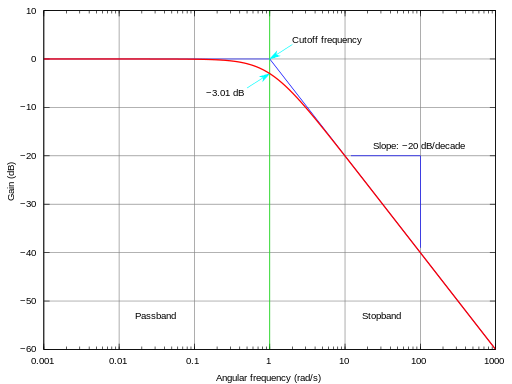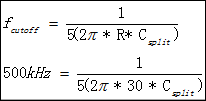HI:
according to the ISOLATED CAN REFERENCE DESIGN.PDF , additional noise filtering of the signal paths between C2000 and ISO1050 is applied through simple R-C-low-pass-filter. the formula is RF * CF = 0.032/fs.
my questions is:
1. if my interest speed of CAN bus is 1Mbps, then how to calculate my interest fs? can you please tell me one recommend RF and CF for 1Mbps speed.
2.why is so-called R-C-low pass fliter is RF*CF = 0.032/fs. as my known 2*PI*f = 1/RC....
according to the ISO1050 datasheet, in order to improve the electromagnetic emission behavior of network, split terminal resistor is needed. my question is: can you recommend Csplit between two 62ohm resistor?
THX
BEST REGARDS,







